When we bought C Ghost, it came with a small microwave oven tucked into a cubby hole that looked almost custom designed around the oven. We never thought much about it until a couple months ago when the oven started making weird noises and then stopped working. I replaced an internal fuse and got it going again, but only a few days later it stopped working for good after 17 years of service with two owners.
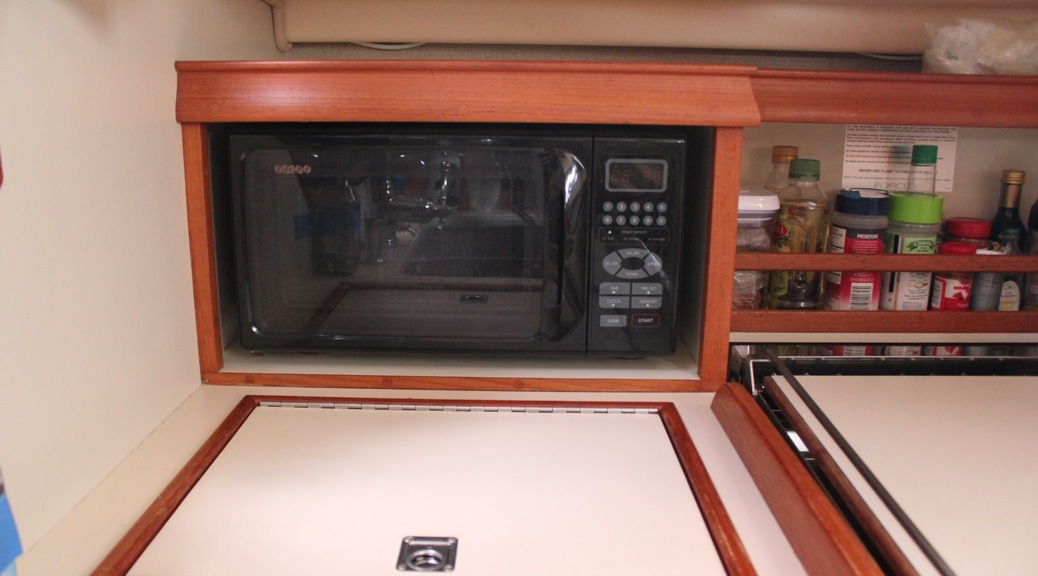
We thought this would be a simple matter of buying a new ~$70 microwave and plugging it in. Nope. Not even close. As it turns out, this brand of microwave is no longer made and the dimensions of this oven were apparently unique in the world. In particular, the height dimension of 9.3 inches cannot be found on any small microwaves on the market today. When I looked on the Island Packet user forums, a number of people with older model boats have exactly the same problem. Some just choose to do without a microwave once it fails, while others go to great lengths to have their broken oven repaired. No one it seemed, had tried to enlarge the space where the oven fits.
We thought of trying to get the oven repaired, but there were a couple other things we didn’t like about it that wouldn’t be addressed with a successful repair. First, the inside volume of the oven is very small and we wanted one slightly larger. Second, at only 550 watts, the oven is underpowered – so much so that it can’t even pop popcorn. So we decided to enlarge the available space (increasing the height was all that was actually necessary) to give ourselves a lot more choices.
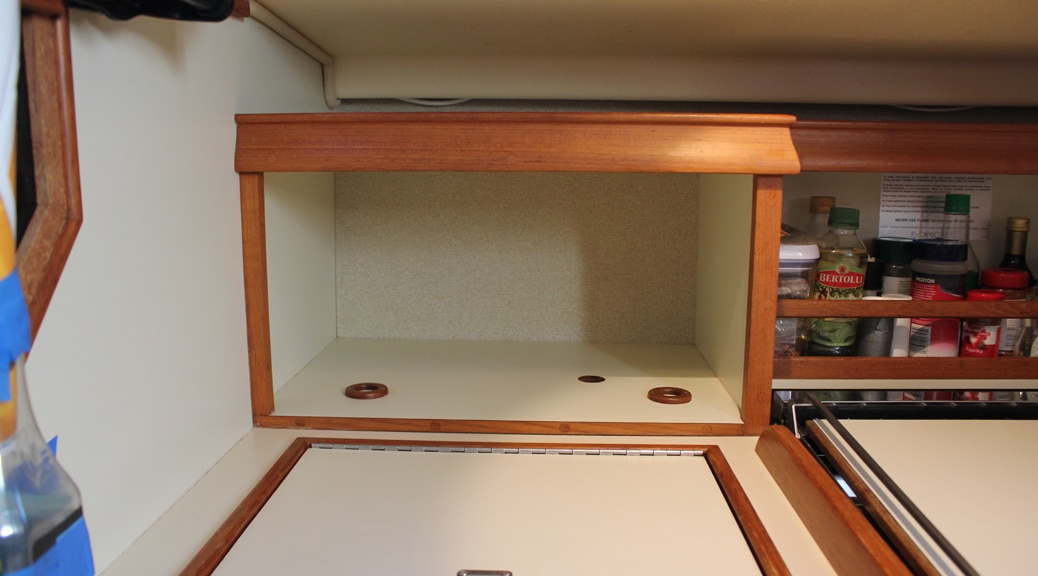


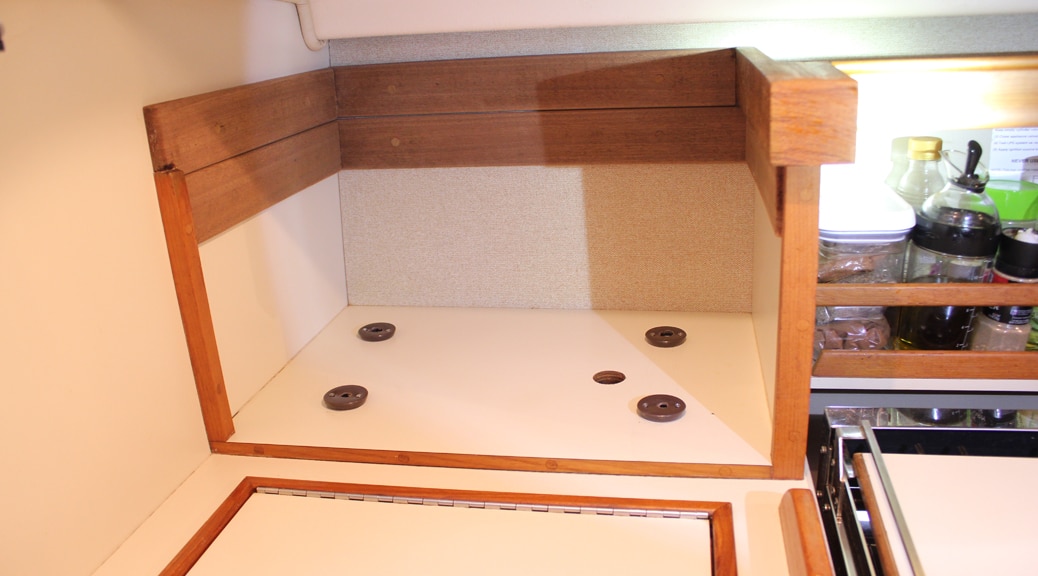
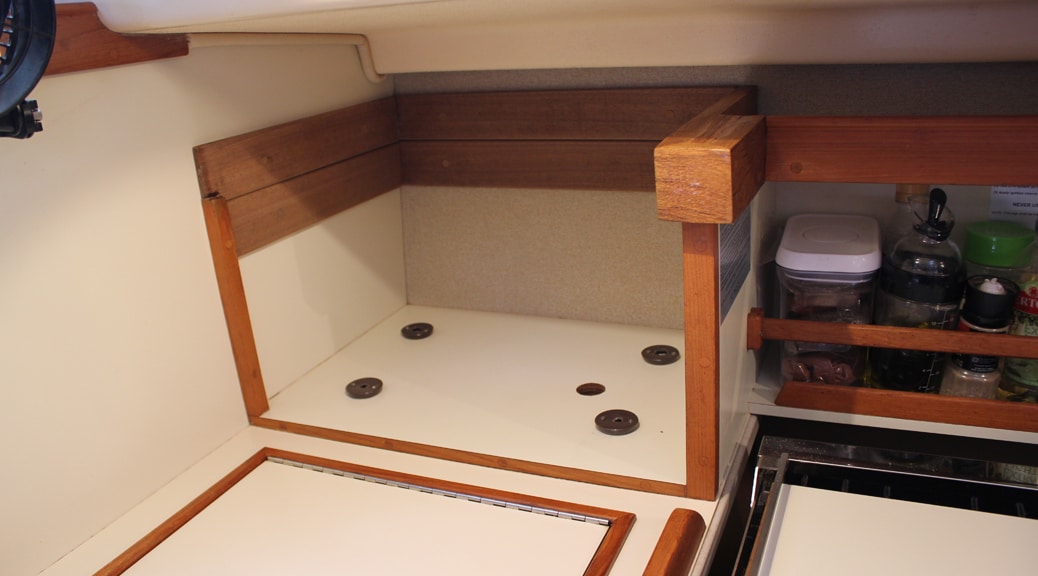
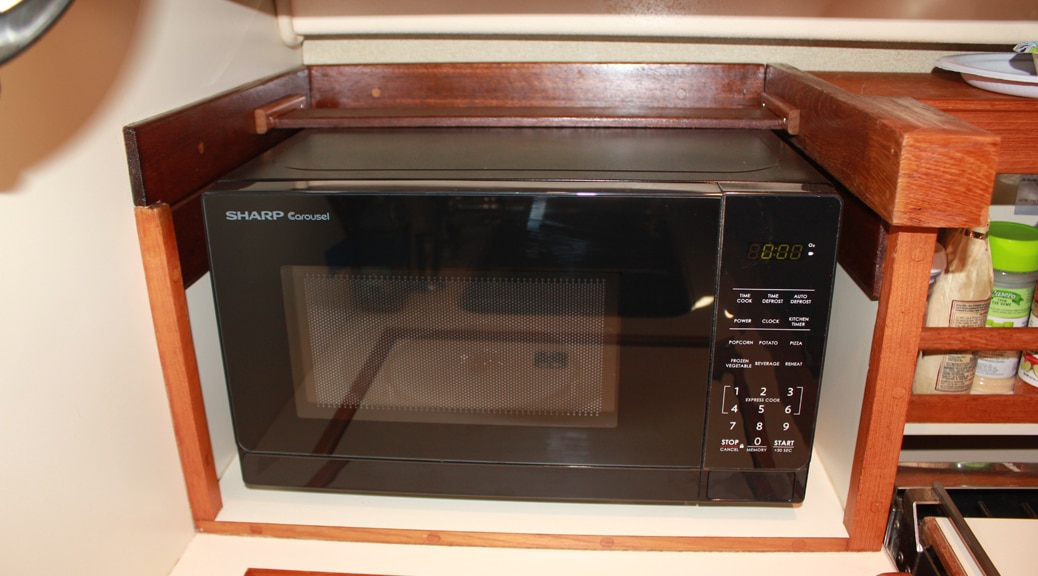

5 Responses
Thanks for the cudos. The real atta boys goes to Tom who did a first class job on a particularly low salary.
Captain Mort would be proud, guys! Nice job!!!
I can’t compete with the impeccable quality of Captain Mort’s work. Unfortunately this was not a project Captain Mort could do in his shop, or it would have been right up his alley.
Looks totally like the boat came with the new microwave! Beautiful!
Thank you Don. This was one of those “high value” projects that cost very little money to do, but had a big functional benefit.